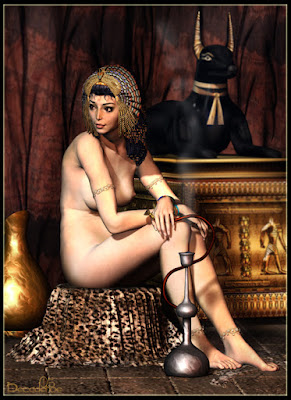 |
Otto von
Bismarck, German Chancellor shakes hands with Russian representative Pyotro
Andreyevich Shuvalov while Astro-Hungarian rep Gyula
Andrássy observes from behind, by Anton von Werne.
|
The main members of Congress were:
• Otto von Bismarck, as president of Congress, by the German Empire
• Benjamin Disraeli, representing Britain
• Count Gyula Andrassy, representing Austria-Hungary
• William Henry Waddington, Minister of Foreign Affairs of France
• Aleksandr Gorchakov, Minister of Foreign Affairs of Russia
• The Count of Corti, Italy, and
• The Greek statesman, Alexander Karatheodori, representing Sultan Abdulhamid II.
The Congress of Berlin in 1878 was the opportunity for Bismarck achieved the recognition of the German Empire, and orchestrating a European agreement that would prevent international war.
 |
Bulgaria-SanStefano-Congress of Berlin-1878.
|
The Congress of Berlin was quoted by the signatories to the Treaty of Paris, 1856, to consider the terms imposed by Russia to the Ottoman Empire in the Treaty of San Stefano, three months earlier.
 |
The map of Europe was redrawn by the Congress
of Berlin (1878).
|
All members of Congress, with the exception of the Russians agreed to modify the terms of the Treaty of San Stefano who had given generous benefits to Russians and Slavic people, and that drew the Turks of the European map.
 |
Congress of Berlin and Recognition of Balkans
Independence, 1878
|
Chancellor Bismarck, president and host of the Congress, offered himself as an "honest broker", seeking to balance the differences in the interests of Austria-Hungary, Britain and Russia. As a matter of fact, Congress had not been summoned to help the Turks, but to avoid the menacing Russian expansion, brokering friendly rivalry between Austria with Russia, and analyze the issue of nationality in the Balkans.
 |
1877 – 1878 – Russo-Turkish war ends with the establishment and official
international recognition of independent Balkan states: Romania, Serbia, Montenegro and Bulgaria.
|
The three goals that Bismarck was proposed to the Congress of Berlin, were:
• Soothe the Austrian and British against the tension with Russia, and listed as an international peacemaker to European diplomacy.
• Curbing Russian expansion and prevent increase of power that could threaten the German Empire.
• And create closer ties between Germany and Austria, to prevent a French attack.
Actually, Bismarck succeeded in avoiding an international war could contain Russian expansion and improved bilateral relations with Austria-Hungary to the point that they proposed an alliance. The German Empire began to gain power through their peaceful methods.





















































